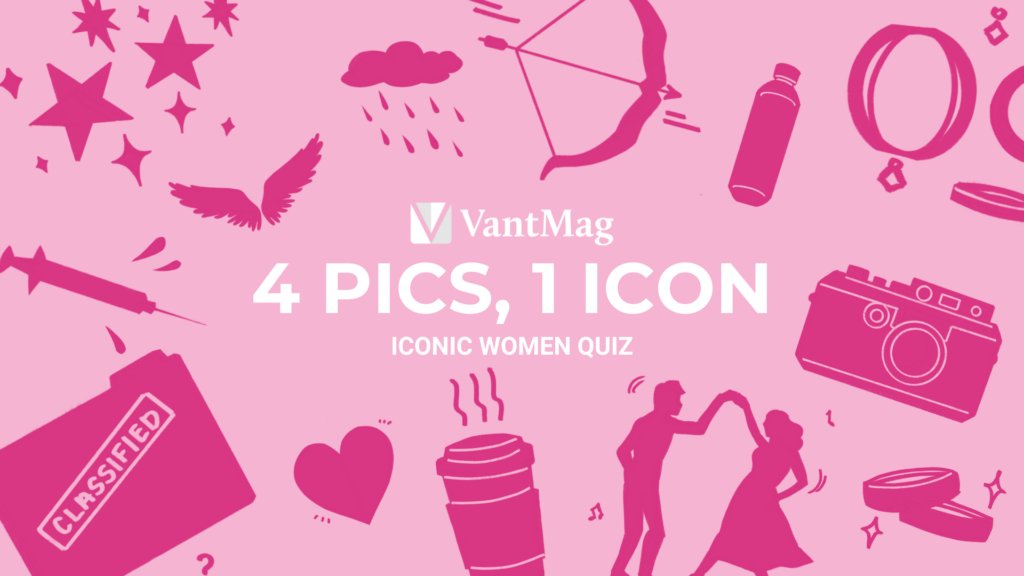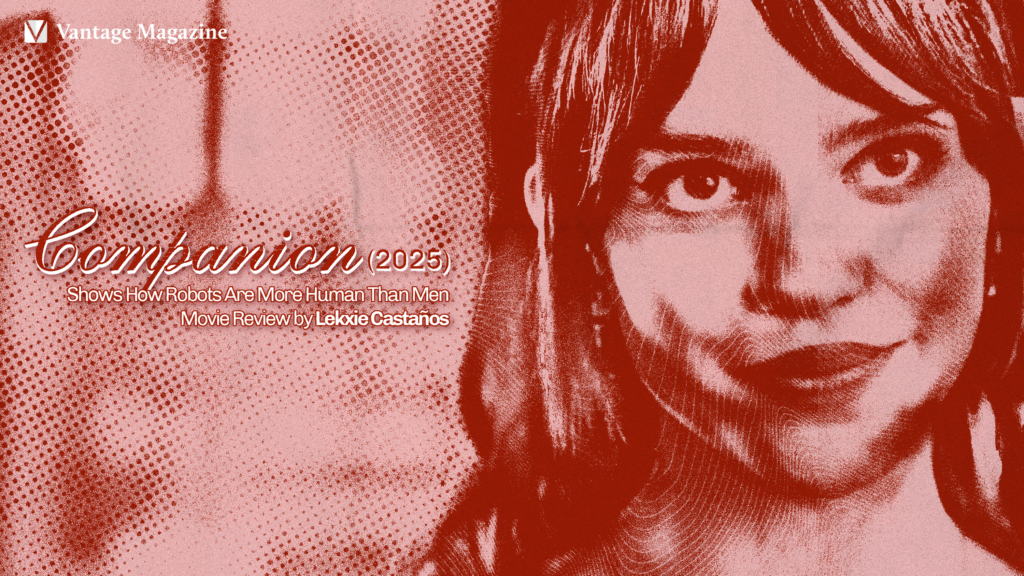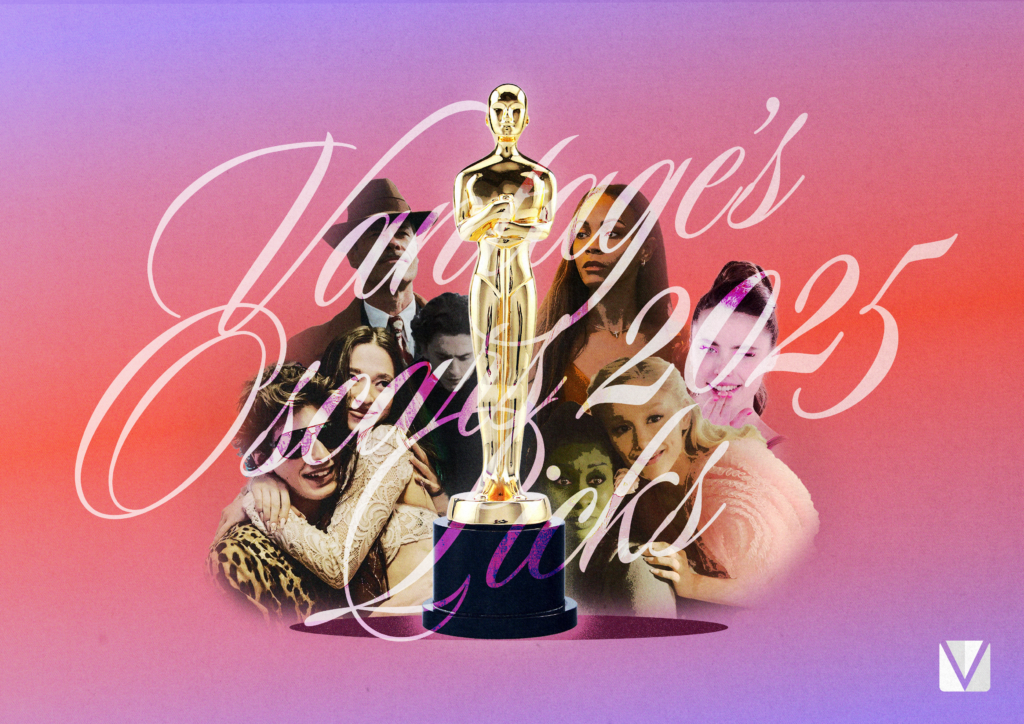In an honest, yet balanced critique, Andoy Ranay’s Open explores the complexities of experimental romance. Here, Rome (Arci Muñoz) and Ethan (JC Santos) have found themselves without a spark of passion after 14 years of being together. Ethan then proposes an open relationship: A set-up wherein two partners agree to have sexual relations with others. Though initially reluctant, Rome eventually consents because she fears losing her boyfriend. With compelling performances, candid emotions, and intimate cinematography, Open dares to clarify its taboo subject.
The film expertly sheds light on the matter by presenting it in varying contexts. On one hand, it showcases the downside to open relationships by highlighting instances of emotional manipulation through Ethan and Rome’s dynamic. In contrast, their friends Archie (Vance Larena) and Monique (Ivana Alawi) show how the same set-up can work with a balance of rules, transparency, and fun. In comparing the two couples, the film broadens perspectives on open relationships, a somewhat taboo topic, rather than imposing the rightness or wrongness of it.
Muñoz and Santos elegantly brought their characters to life with delightful chemistry and tension. Through tired eyes, tears, and meek body language, Muñoz captures her character as the submissive girlfriend. Meanwhile, Santos, with his accusing gestures and smooth bluffing in equal parts, effectively develops Ethan’s identity as the gaslighting boyfriend. Both leads showcased their acting prowess by seamlessly shifting from condescension to frailty.
Apart from these performances, the film’s visuals strategically set the scene for romantic conflict. Camera movements were deliberately slow and steady to build the feeling of intimacy and privacy. This was true not only during sensual scenes, but also in tension-filled confrontations and conversations. The overall editing remained consistent with this sensitive cinematography. Even during love scenes, stark naked bodies were not the focus of each shot; rather, the frames highlighted the facial expressions of those in the act. Filters used throughout the film also maintained soft and faded textures, creating a mellow atmosphere even in seedier settings like bars. These artistic choices made the film’s serious themes feel more intimate and personal, adding a layer of emotional drama.
Through nuanced acting and apt visuals, Open effectively deconstructs the myths behind open relationships. Audiences are not forced to take a side; rather, they are encouraged to discern whether this set-up brings people closer together or keeps them further apart. Through this particular take, we learn that a culture of compromise is ideal—even in the exploratory world of modern love, trust and balance remain integral to any mutually beneficial partnership.
Photo sourced from Black Sheep via spot.ph





